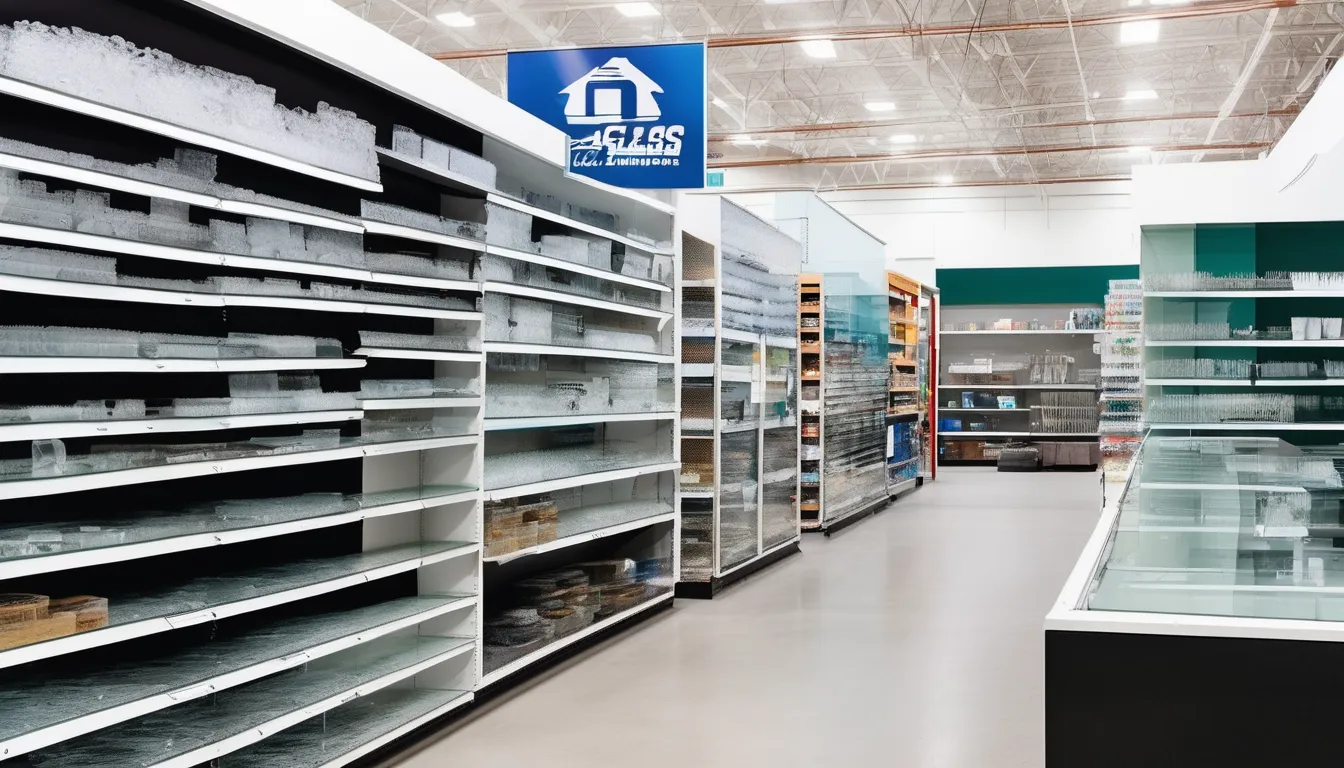As a maker, you’re no stranger to turning creative ideas into tangible realities. When working with glass, selecting the right components can make all the difference in achieving the desired outcome. You’ve got a vision, and it’s time to choose the perfect glass type – but with soda-lime, borosilicate, and fused silica to consider, where do you even start? The wrong choice could compromise your project’s integrity, while the right one could elevate it to new heights. What key factors should you consider when choosing the ideal glass components for your next project?
Choosing the Right Glass Type
When selecting glass components for your project, the type of glass you choose is crucial. You’ll need to consider factors such as durability, thermal resistance, and aesthetics to ensure your project meets its intended purpose.
You have several types of glass to choose from, including soda-lime, borosilicate, and fused silica.
Soda-lime glass is the most common type and is often used for decorative and general-purpose applications.
Borosilicate glass, on the other hand, is known glass spigots its thermal shock resistance and is commonly used in laboratory equipment and cookware.
Fused silica glass, also known as quartz glass, has high thermal resistance and is often used in high-temperature applications.
You’ll also need to consider the glass’s chemical resistance, as some types of glass are more prone to etching or corrosion than others.
Essential Glass Components for Makers
What’re the essential glass components that can elevate your project to the next level?
When it comes to creating a unique and functional piece, having the right components can make all the difference.
You’ll want to choose components that not only complement your design but also provide the necessary functionality.
Some key glass components to consider include:
- Glass Fittings: These are used to connect and join glass components together. You’ll find a range of fittings available, from simple connectors to more complex systems.
- Glass Adhesives: These are used to bond glass components together. Choose an adhesive that’s suitable for your specific glass type and project requirements.
- Glass Fasteners: These are used to secure glass components to other materials, such as wood or metal. Fasteners can be used to create a variety of joints, from simple to complex.
Working With Glass Sheets and Rods
You’ve got the right glass components, now it’s time to think about the types of glass you’ll be working with.
When it comes to glass sheets and rods, you’ve got several options to choose from. Glass sheets are ideal for creating flat surfaces, such as tabletops or shelves.
They come in various thicknesses, ranging from 1/8 inch to 1/2 inch, and can be cut to size using a glass cutter or a diamond-edged saw.
Glass rods, on the other hand, are perfect for creating supports, handles, or other decorative elements.
They come in different diameters and can be cut using a glass cutter or a lap grinder. When working with glass rods, make sure to wear protective gear, including gloves and safety glasses.
When choosing between glass sheets and rods, consider the design and functionality of your project.
Think about the size, shape, and thickness of the glass you need, as well as the tools you’ll need to work with it.
Adding Aesthetics With Glass Tubes
Working with glass tubes can significantly enhance the aesthetic appeal of your project, adding a touch of elegance and sophistication.
When you incorporate glass tubes into your design, you create a visually striking element that draws attention and adds depth. You can use glass tubes to create unique lighting fixtures, decorative accents, or even functional components like vases or pen holders.
To add a level of sophistication to your project, consider the following ways to work with glass tubes:
- Cut and polish: Use a glass cutter or a diamond blade saw to cut the tube to the desired length, and then polish the edges to create a smooth, rounded finish.
- Bend and shape: Use a heat-resistant glass tube and a heat source like a propane torch to bend and shape the tube into intricate curves and designs.
- Combine with other materials: Pair glass tubes with other materials like metal, wood, or 3D printed components to create a unique and visually interesting design.
Advanced Glass Materials to Consider
As you dive deeper into glass crafting, it’s worth exploring advanced glass materials that can take your projects to the next level. One option is Borosilicate glass, known for its high thermal shock resistance and clarity.
This makes it ideal for applications where glass will be exposed to extreme temperatures or chemicals.
Another advanced material is Fused Silica glass, which offers exceptional purity and a high melting point. It’s perfect for high-temperature applications, such as in laboratory equipment or specialized lighting fixtures.
You can also consider Aluminosilicate glass, which boasts a unique combination of strength, durability, and resistance to scratches and corrosion.
When working with these advanced materials, it’s essential to note that they often require specialized handling and processing techniques.
Be sure to research and understand the specific needs of each material before incorporating them into your projects.
By expanding your knowledge of advanced glass materials, you’ll be able to push the boundaries of your creativity and create truly innovative pieces.
This will help you stay ahead of the curve and produce high-quality glass components that meet your exacting standards.
Conclusion
You’ve made it to the final step in bringing your vision to reality. By choosing the right glass type and components, you’ve set yourself up for success. From essential fittings and adhesives to advanced materials, you’ve got the tools to create something truly unique. Now, it’s time to put your skills to the test and turn your idea into a stunning glass creation that showcases your creativity and skill.

